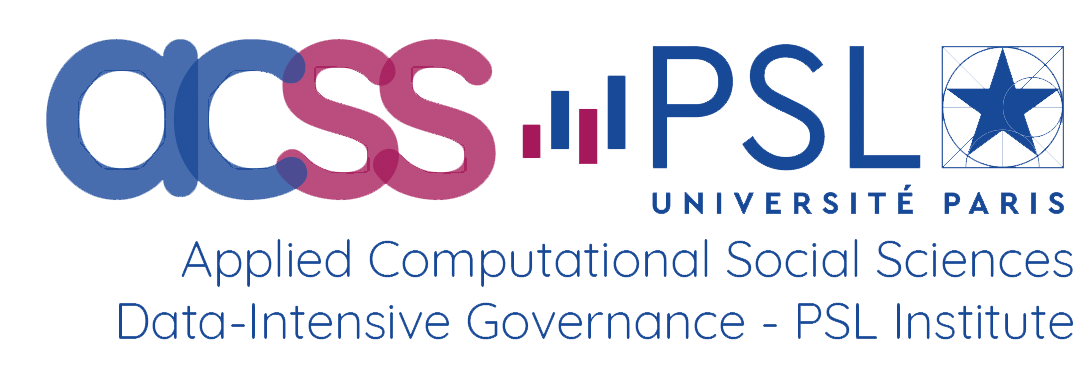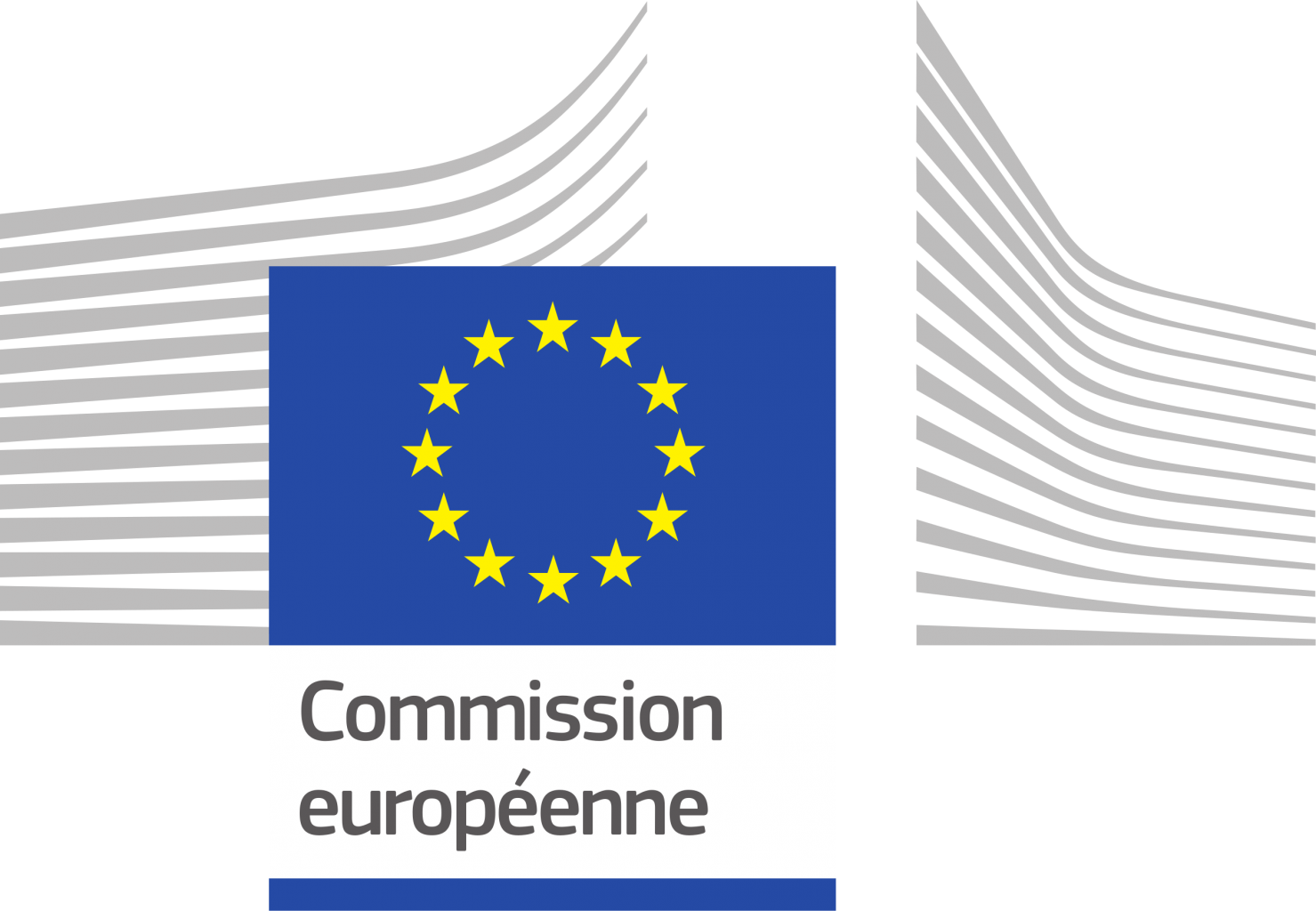
|
| , - |
|
| EN LIGNE SUR LIVESTORM |
Taxonomy is the classification of environmentally sustainable economic activities.
Provided for in Regulation (EU) 2020/852 of 18 June 2020 on the establishment of a framework for sustainable investment, this classification is part of the ecological transition and the goal of carbon neutrality by 2050. The purpose of the green taxonomy is to provide investors with a reference framework, based on scientific data, to invest in projects that have a significant positive impact on the environment. To this end, the taxonomy divides activities into three categories: low-carbon activities, activities in transition for which low-carbon technologies are not yet available, and so-called enabling activities, i.e. activities that are essential to another activity that is sustainable.
At the end of 2021, the European Commission presented a delegated act relating to the climate aspect of the taxonomy, which settles the issue of including nuclear and gas in the taxonomy.
What are the implications of this act for the financing of the energy transition? What is the economic equation of the scenarios for changing the energy mix to achieve the objectives of the low-carbon strategy and "Fit for 55"?
To answer these questions, the Chair in Governance and Regulation organized a morning conference ("Chair’s breakfasts" series) on Thursday, January 13, 2022 from 8:30 am to 10 am, around three representatives of key stakeholders.
Speakers :
-Christophe Leininger, Délégué général, Union Française de l'Electricité
-Frédéric Linsig, Délégué aux Affaires Européennes, TotalEnergies
-Erkki Maillard, Directeur des Affaires Européennes et Conseiller diplomatique du Président, EDF
The debate was moderated by Christine Le Bihan Graf, Avocat à la Cour, Cabinet De Pardieu Brocas Maffei


























